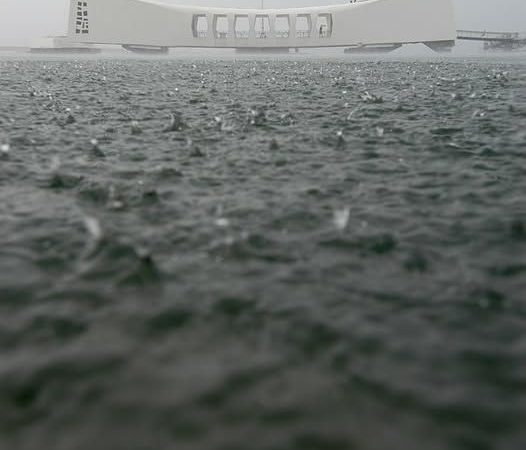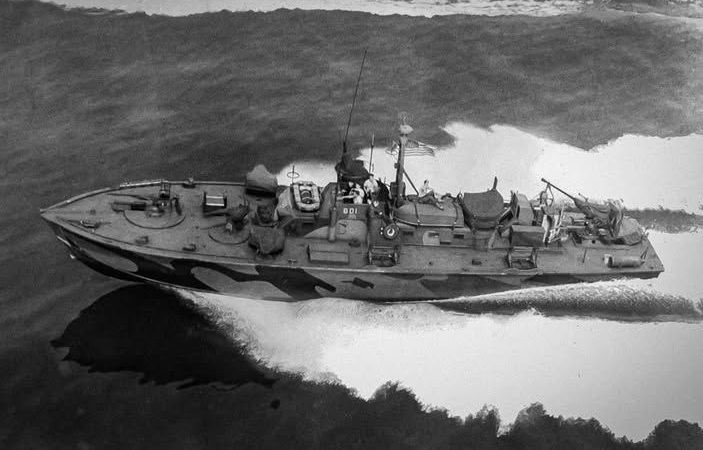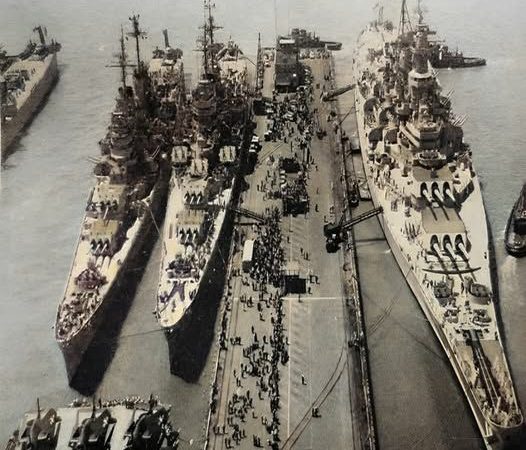Unveiling the Bold Illusion: The Striking Dazzle Camouflage of the Free French Cruiser Gloire, 1944
During World War II, naval warfare evolved rapidly, demanding innovative strategies to gain an upper hand. One of the most fascinating and visually striking developments was the use of dazzle camouflage. This bold technique, far from the subtle and hidden approaches typical of camouflage, sought to confuse rather than conceal. It wasn’t designed to make ships invisible but rather to distort their shape, speed, and direction, making it difficult for enemy forces to accurately target them. The Free French light cruiser *Gloire*, around 1944, is a prime example of how this method was applied to significant effect.

The Gloire, a cruiser that served valiantly with the Free French Navy, was covered in an array of geometric shapes and contrasting colors that broke up the ship’s silhouette. The patterns were designed to create optical illusions, making it harder for enemy submarines and surface ships to gauge the vessel’s true position and trajectory. Unlike traditional camouflage that blends with the environment, dazzle camouflage was deliberately conspicuous, employing vivid stripes, zigzags, and angles to mislead enemy observers.

At a time when radar technology was not as sophisticated as it is today, naval commanders relied heavily on visual calculations to direct attacks. By painting ships like Gloire in dazzle camouflage, military tacticians aimed to disrupt the ability of enemy forces to make accurate visual assessments, particularly for torpedo and artillery strikes. The ship’s camouflage played tricks on the eye, making it appear as if it was moving in a different direction or at a different speed than it truly was.

The Gloire’s bold appearance was not just a practical military tactic, but also a statement of defiance. As part of the Free French Navy, which had broken away from the Axis-aligned Vichy government, the cruiser was a symbol of resistance and hope. Its dazzle camouflage reflected the ingenuity and resilience of the Free French forces during a time when they were fighting for both liberation and survival.

Although dazzle camouflage eventually became obsolete with the advancement of radar and sonar technology, the striking patterns seen on the Gloire remain a powerful reminder of the creativity and innovation employed in warfare. The ship’s unique appearance not only served a tactical purpose but also left a lasting legacy as one of the more visually captivating aspects of naval history.
In conclusion, the Gloire and its dazzle camouflage exemplify the intersection of art and warfare. This optical illusionary technique, though no longer in use, highlights how ingenuity was employed to mislead and outmaneuver enemies, ensuring ships like the *Gloire* could continue their mission in a war that was as psychological as it was physical.



